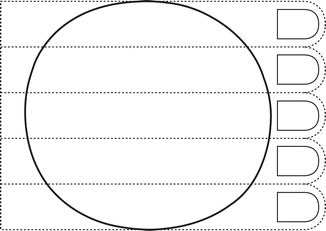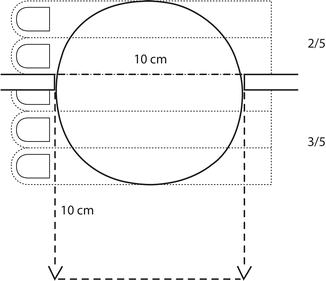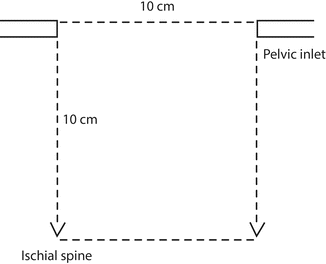and Paula Briggs2
(1)
Department of Obstetrics and Gynaecology, Monash University, Clayton, Victoria, Australia
(2)
Sexual and Reproductive Health, Southport and Ormskirk Hospital, Southport, UK
Definitions
The Stages of Labour
Labour is divided into three stages:
Stage I – From the onset of labour until full dilatation of the cervix.
The precise onset of labour is difficult to define. Technically, it starts with the commencement of dilatation of the cervix. In primagravida this is preceded by effacement (thinning of the cervix) and this is diagnosed by vaginal examination. Three imprecise “markers” can be used as possible milestones to gauge the onset of labour (Table 21.1):
Table 21.1
Stages of labour
Onset | End | |
|---|---|---|
1st stage | Onset of contractions | Full dilatation |
2nd stage | Full dilatation | Delivery of baby |
3rd stage | Delivery of baby | Delivery of placenta and membranes |
1.
The onset of regular, painful, contractions. “Regular” is debatable, but having three contractions in 10 min is interpreted as regular. Contractions are defined as “painful” in an attempt to differentiate them from Braxton-Hicks.
2.
A “show” is the loss of the mucus plug from the cervix as dilatation commences.
3.
Rupture of the membranes. This is less helpful, as some women have premature rupture of membranes, and in other women the membranes don’t rupture until they are in established labour.
Stage II – From full dilation of the cervix, until the delivery of the baby.
Stage III – From delivery of the baby until delivery of the placenta and membranes.
The First Stage
Every labour should be considered as a “trial of labour”. The goal for most women is a “normal vaginal delivery”, but one needs to be prepared to proceed to a surgical delivery in the event of one of the following three complications arising:
1.
Failure to progress
2.
Foetal distress
3.
Maternal distress
Progress During the First Stage
This is assessed using both abdominal and vaginal examination.
The two “Key Performance Indicators” are descent of the presenting part, and dilatation of the cervix.
These two parameters are recorded on a partogram, which documents progress, and also highlights if there is a delay.
Descent of the presenting part during labour is monitored by both abdominal and vaginal examination. The station on abdominal examination is described as, “how many finger breadths of head are palpable above the pelvic brim”. The foetal head measures approximately 10 cm in diameter. The foetal head can be divided into five fifths, corresponding to five finger breadths (Fig. 21.1). As the foetal head enters the pelvic brim, five finger breadths are palpable. During labour this reduces sequentially to one finger breadth and then nil.


Fig. 21.1
The feral head- five fingers
Once the head is engaged – the widest diameter of the presenting part has passed through the pelvic inlet– only two fingers of head are palpable above the pelvic brim (Fig. 21.2).


Fig. 21.2
The foetal head “engaged”
In order to better understand the relationship between the pelvis and the foetal head, imagine that the pelvis is a “box” about 10 cm wide, and 10 cm long (Fig. 21.3).




